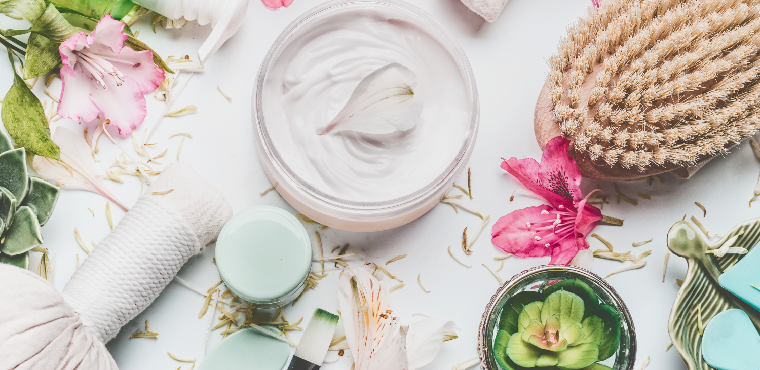
Feb 25, 2019
The Top 4 Challenges of Creating a Skincare Line
Creating a Skincare Line
In many ways, an independent skincare manufacturer has more advantages today than ever before. The influence of e-commerce and social media allows smaller brands more chances to find their own niche markets. For example, while sales of traditional makeup brands decreased slightly (by 1.3%) in 2016, independent brands increased by 42.7%. However, the challenges in the industry are still substantial, and shouldn’t be underestimated. Fortunately, preparing for the biggest challenges, including those listed below, will increase your odds of success.
1. Distinguish Your Brand:
Not only does your brand need to compete with the big-name labels, it also needs to stand out from the ever-increasing number of other independent brands. One solution is to connect to a specific audience that may be too small for a big brand to find profitable, but still large enough to make your smaller label a success.
- Know your market and what they care about. The more specific you can be, the better. Consider the age of your ideal customer, their income and background, and what type of experiences and values they want to see reflected in their skincare products (e.g. convenience, luxury, cutting-edge research, sustainable production, etc.).
- Share your own story. Let your audience know if you have a personal connection to your brand, as did Panacea co-founderTerry Lee, who struggled with cystic acne. If you can convey an authentic connection, buyers will take notice.
- Use label design to communicate your brand. Once you have a clear idea of what values and characteristics appeal to your market, design your packaging to support that identity. Test a prototype with members of your target audience to see if your packaging is conveying your message successfully.
2. Develop a Quality Product:
Whether you are seeking to develop a custom or a semi-custom formula, your long-term success will depend on the quality of research and development that goes into its production. Not only does your brand have to perform as advertised, but it should also look, feel and smell appealing, stay potent throughout its shelf life, and blend well without separating or spoiling during transit. If you are combining new ingredients in unusual ways, be sure to allow your lab enough time to test your formula thoroughly.
When choosing a manufacturer, look for one that has experience with the kind of skincare line you want to develop, has high-quality standards, welcomes visits to their facility, and is willing to share their expertise in market trends and ingredients with their clients.
3. Build an Audience:
Even with a smaller budget, there are many steps skincare manufacturers can take to bring attention to their products. Before reaching out, narrow down your market and brand identity, as described in the first challenge. This will help you decide where you can most effectively direct your public relations efforts. Traditional media will include magazines, major websites and television shows. Research the specific names of beauty and lifestyles editors and send them samples. Your odds of getting their attention will be much better if you target smaller, local markets over nationally-known names.
An even better venue can be the influencers on social media. Try to form an authentic connection between the influencer and your product. First, find those whose image harmonizes with your brand. Then look for those with the more active followers. The degree of involvement an influencer has with their followers is even more important than their total number of followers. Finally, allow the influencer to engage with your product in a meaningful way. As an example, the above-mentioned brand Panacea created a successful 21-day challenge where influencers were encouraged to post their experiences with using the brand for 21 days.
4. Manage Your Finances:
Once your brand begins to become successful, its own sales can fund the next stages of its growth. Until then, you will have to be careful with your money. Some tips include:
- Don’t “race to the bottom” in price. The temptation to price yourself below your competition can be strong but keeping your margins small will make growth difficult later on. Pricing a luxury brand too low can even work against you, as many consumers will associate a lower price with lower quality.
- Take advantage of the smaller size of your product. Consult with professional fulfillment providers to learn which packaging and shipping options will save you the most in expenses.
- Develop your business in small stages. Your ultimate vision for your brand may include a wide range of options, but test out just one or two items first before investing in the rest. Victoria Tsai launched Tatcha with only one single item – blotting papers – and now her line is sold at Sephora.
- Look toward crowdsourcing platforms to raise funds. If you turn to Kickstarter or Indiegogo, study the best practices before you begin. One crucial component: If you can raise even 5% of your goal during the pre-launch phase, your odds of success increase from 15% to 80%.